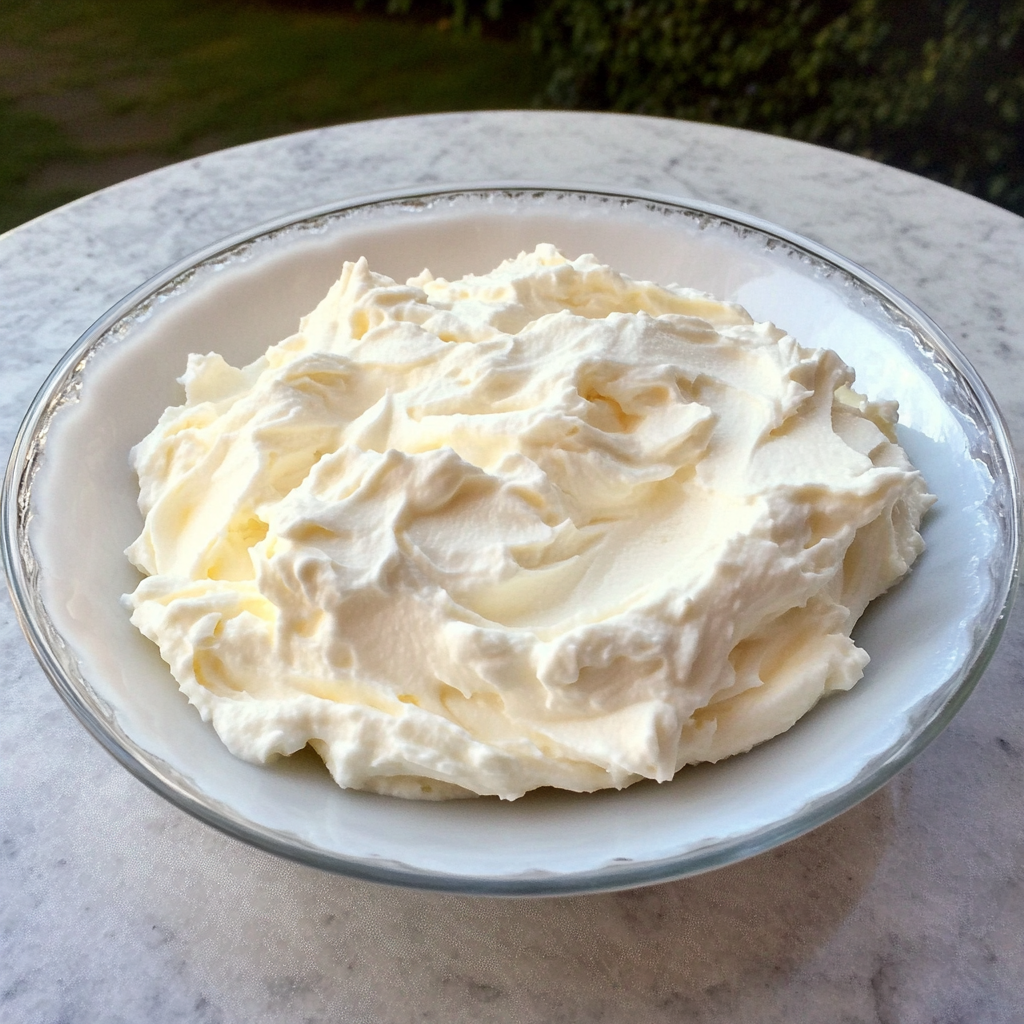Introduction to Homemade Cream Cheese
Cream cheese is a smooth, mild, and creamy spread that pairs well with everything from bagels to cheesecakes. While store-bought versions are convenient, making homemade cream cheese allows you to control the ingredients and customize the flavor to your liking.
By making your own, you can:
- Avoid artificial preservatives
- Adjust the texture and tanginess
- Save money by using simple, everyday ingredients
This recipe is perfect for anyone who loves experimenting in the kitchen. And if you’re into desserts, try incorporating your homemade cream cheese into these Mini Pineapple Upside-Down Cheesecakes for a delightful twist.
For more inspiration on baking with cream cheese, you might also love these Cheesecake Crescent Rolls Casserole—a flaky, rich, and creamy treat!
Ingredients & Equipment Needed
Ingredients
- Whole milk – Full-fat milk yields the best results.
- Heavy cream (optional) – For an extra rich and creamy texture.
- Vinegar or lemon juice – Acts as the acid to curdle the milk.
- Salt (optional) – Enhances the overall flavor.
Equipment
- Heavy-bottomed saucepan – Helps distribute heat evenly.
- Thermometer – Ensures the right temperature for curdling.
- Cheesecloth or fine-mesh strainer – Essential for draining the whey.
Step-by-Step Guide to Making Homemade Cream Cheese
1. Heat the Milk
- Pour 4 cups of whole milk into a saucepan.
- If using heavy cream, add ½ cup for extra richness.
- Heat gently over medium heat until it reaches 175-180°F (80-82°C).
- Stir occasionally to prevent burning.
2. Add the Acid
- Remove from heat and slowly stir in 2 tablespoons of white vinegar or lemon juice.
- The milk should start curdling immediately.
- Let the mixture sit for 5-10 minutes to allow complete separation.
3. Strain the Curds
- Line a strainer with a cheesecloth and place it over a bowl.
- Pour the curdled mixture through the strainer, letting the whey drain.
- Let it sit for 1-2 hours for a firmer consistency.
4. Blend for a Smooth Texture
- Transfer the curds to a food processor or blender.
- Blend until smooth, adding a pinch of salt if desired.
- For a spreadable consistency, mix in a tablespoon of milk or cream.
5. Store and Use
- Transfer to an airtight container and store in the refrigerator for up to 7 days.
- Freeze in small portions for longer storage.
If you love incorporating cheese into your meals, check out this Cheesy Hamburger Potato Soup—a rich, creamy dish perfect for cozy nights.

Tips for the Best Homemade Cream Cheese
- For a tangier taste, use buttermilk instead of vinegar.
- To avoid grainy texture, blend the cheese for an extra minute.
- For a thicker consistency, drain the curds longer.
If you’re looking for more ways to use homemade cream cheese, try it in Blueberry Cream Cheese Puff Pastry—a delightful breakfast or dessert idea!
Flavor Variations & Customization
Once you’ve mastered the basic recipe, try these variations:
- Garlic & Herb Cream Cheese – Add chopped chives, parsley, and garlic powder.
- Honey & Cinnamon Cream Cheese – Mix in 1 tablespoon of honey and a sprinkle of cinnamon.
- Spicy Jalapeño Cream Cheese – Fold in diced jalapeños and a pinch of cayenne pepper.
- Dairy-Free Option – Use cashews or almonds blended with lemon juice for a vegan alternative.
Best Ways to Use Homemade Cream Cheese
- Spread it on bagels, toast, or crackers.
- Use it in baking for cheesecakes and pastries.
- Make creamy pasta sauces and dips.
- Use it as a frosting for carrot cakes or cinnamon rolls.
For a creamy, indulgent dessert, try using your homemade cream cheese in Velvety Cream Cheese Pound Cake—a classic treat that melts in your mouth!
Common Mistakes & How to Fix Them
🔴 Why is my cream cheese too runny?
✔ Drain the whey longer or use a finer cheesecloth.
🔴 Why is my cream cheese too tangy?
✔ Use vinegar instead of lemon juice for a milder flavor.
🔴 Can I use low-fat milk?
✔ Yes, but the texture will be less creamy.
🔴 What if I don’t have a cheesecloth?
✔ Use a coffee filter or a fine-mesh sieve.
Frequently Asked Questions (FAQs)
1. Can I make cream cheese without a cheesecloth?
Yes! A fine-mesh sieve or coffee filter works as a substitute.
2. How long does homemade cream cheese last?
It stays fresh in the fridge for 5-7 days. For longer storage, freeze in small portions.
3. Can I use non-dairy milk?
Yes! Almond or cashew milk works well, but you’ll need a thickening agent like agar agar.
4. What’s the difference between cream cheese and mascarpone?
Mascarpone is richer and sweeter, made with only heavy cream, while cream cheese is slightly tangier and firmer.
Final Thoughts
Making homemade cream cheese is surprisingly simple, delicious, and rewarding. Whether you use it in baking, spreading, or cooking, the fresh taste is unbeatable. Plus, with endless customization options, you can create flavors tailored to your preference.
Now that you know how to make cream cheese at home, why not try it today? Your taste buds will thank you! 😋
If you’re looking for more creamy treats, don’t miss these Caramel Cheesecake Cookies—the perfect blend of sweet and tangy flavors!



